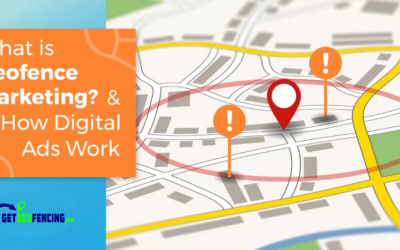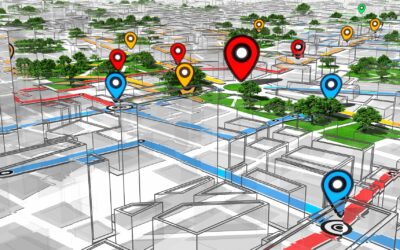Google Geofencing: Revolutionizing Targeted Advertising
Are you tired of irrelevant ads and promotions clogging up your online experience? Google has a solution that will bring you the personalized content you actually want to see. Introducing Google Geofencing, a game-changing technology that is revolutionizing the way businesses target their customers.

What is geofencing?
Geofencing is a location-based marketing tool that allows businesses to reach consumers when they are in a specific geographic area. By creating virtual boundaries, advertisers can deliver targeted ads to users within these defined areas. This means that as a consumer, you’ll only receive ads that are relevant to your current location and interests.
Geofencing technology uses a combination of GPS, Wi-Fi, and cellular data to determine a user’s location within the defined boundary. When a user enters or exits the geofenced area, they can be targeted with specific ads or promotions.
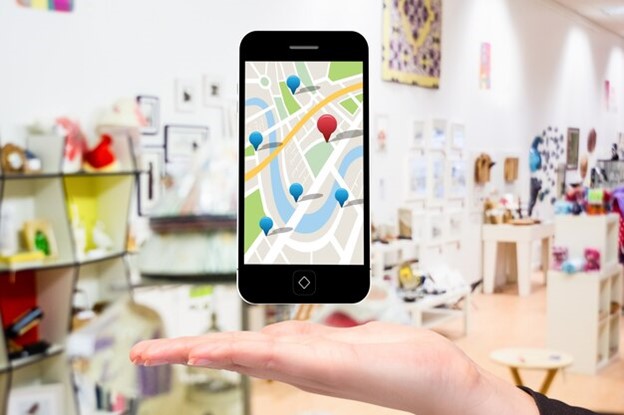
How does geofencing work with Google?
Google Geofencing takes this location-based marketing tool to the next level. By leveraging the vast amount of data collected by Google, advertisers can create highly targeted and personalized campaigns. Google has access to a wealth of information, including users’ search history, location data, and preferences, which allows for more accurate targeting.
When a user enters a geofenced area, Google’s algorithms analyze their data and deliver relevant ads. For example, if you’re walking near a coffee shop, you might receive a notification for a special offer on your favorite latte. This level of personalization increases the chances of engagement and conversion for businesses.

Benefits of using Google geofencing
The benefits of Google Geofencing extend beyond just targeted advertising. Businesses can also use this technology to track customer behavior, monitor foot traffic, and analyze consumer preferences. By understanding your audience and delivering personalized content, you can enhance customer engagement and drive conversions.
- Precise Targeting: With Google Geofencing, you can precisely target your ads to specific locations, ensuring that your message reaches the right audience at the right time. This level of precision can significantly improve the effectiveness of your marketing campaigns.
- Increased Engagement: By delivering personalized content based on a user’s location, you can capture their attention and increase engagement. Users are more likely to interact with ads that are relevant and timely, leading to higher click-through rates and conversions.
- Improved ROI: With Google Geofencing, you can optimize your advertising budget by focusing on areas with high potential for conversions. By targeting users in specific locations, you can maximize the impact of your campaigns and achieve a higher return on investment (ROI).

Google geofencing features and capabilities
Google Geofencing offers a range of features and capabilities that enable businesses to create highly targeted and effective marketing campaigns. Some of the key features include:
- Customizable Geofences: Google allows advertisers to create custom geofences based on specific locations or areas of interest. This flexibility enables businesses to target users in areas with high potential for engagement and conversions.
- Real-time Insights: Google provides real-time insights and analytics on the performance of your geofencing campaigns. You can track metrics such as foot traffic, engagement rates, and conversions to measure the effectiveness of your campaigns and make data-driven decisions.
- Advanced Targeting Options: With Google Geofencing, you can further refine your targeting by combining location-based targeting with other demographic and interest-based targeting options. This allows for even more precise audience segmentation and personalized messaging.
- Cross-Channel Integration: Google Geofencing seamlessly integrates with other Google advertising platforms, such as Google Ads and Google Analytics. This integration enables businesses to create cohesive and consistent marketing campaigns across multiple channels.
Setting up a geofence in Google Ads
Setting up a geofence in Google Ads is a straightforward process that allows you to target users in specific locations with your ads. Here’s a step-by-step guide to setting up a geofence:
- Define your target area: Determine the specific geographic area where you want to target your ads. This could be a city, a neighborhood, or even a specific building.
- Create a new campaign: Log in to your Google Ads account and create a new campaign. Choose the campaign type that aligns with your marketing objectives, such as search, display, or video.
- Set your location targeting: In the campaign settings, navigate to the “Locations” tab and enter the location where you want to set up the geofence. You can choose to target by city, postal code, or even draw a custom shape on the map to define your target area.
- Refine your targeting: Once you’ve set your location targeting, you can further refine your audience by adding additional targeting options, such as demographics, interests, or device types.
- Create compelling ad content: Finally, create compelling ad content that is relevant to your target audience. Consider using location-specific offers or promotions to increase engagement.
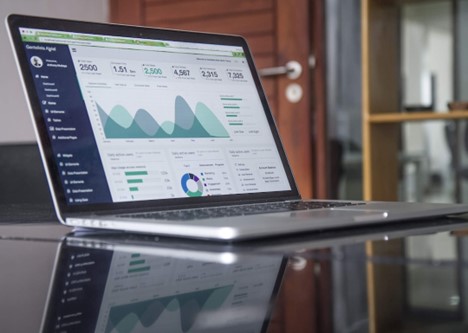
Examples of successful Google geofencing campaigns
Google Geofencing has been used by businesses across various industries to create successful and impactful marketing campaigns. Here are a few examples of companies that have leveraged Google Geofencing to their advantage:
- Retailers: Retailers can use geofencing to target users near their physical stores with special offers or promotions. For example, a clothing store might send a notification to users nearby, offering a discount on their latest collection.
- Restaurants: Restaurants can leverage geofencing to target users in the vicinity with personalized offers or reminders. For instance, a restaurant could send a notification to people nearby, highlighting their daily specials or happy hour deals.
- Event Promoters: Event promoters can use geofencing to target users attending or near specific events. They can send targeted ads or notifications about upcoming events or exclusive offers.
Tips for optimizing your Google geofencing campaigns
To get the most out of your Google geofencing campaigns, consider the following tips:
- Understand your audience: Take the time to understand your target audience’s preferences, interests, and behaviors. This knowledge will help you create more personalized and relevant ads.
- Refine your geofences: Continuously refine your geofences based on the performance data and user behavior. Experiment with different locations and sizes to find the optimal setup for your campaigns.
- Leverage data insights: Use the insights provided by Google to analyze the performance of your campaigns. Identify trends, patterns, and areas for improvement to optimize your targeting and messaging.
- Test and iterate: Don’t be afraid to test different ad formats, messaging, and creative elements. Continuously iterate and optimize your campaigns based on the data and feedback you receive.
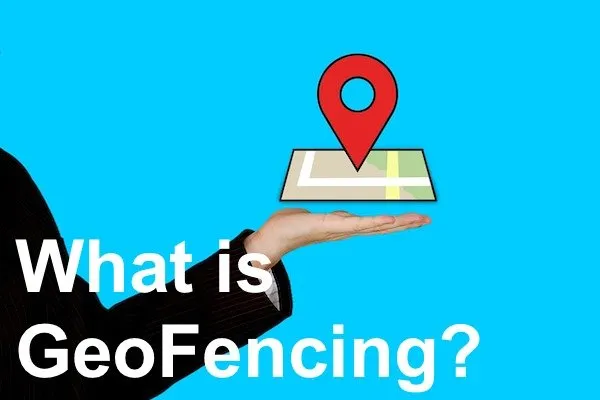
Best practices for using Google geofencing
While Google Geofencing offers tremendous potential, it’s essential to follow best practices to maximize its effectiveness:
- Respect user privacy: Be transparent about your use of geofencing technology and respect user privacy. Clearly communicate how you collect and use location data, and provide users with the option to opt-out if they choose.
- Deliver value: Ensure that the content you deliver through geofencing provides genuine value to users. Tailor your messaging to their needs and interests, and avoid bombarding them with irrelevant or intrusive ads.
- Monitor and adjust: Regularly monitor the performance of your geofencing campaigns and make adjustments as needed. Stay up-to-date with industry trends and changes in user behavior to stay ahead of the competition.
Case studies of companies leveraging Google geofencing
Several companies have successfully leveraged Google Geofencing to drive engagement and conversions. Let’s take a look at a couple of case studies:
- Starbucks: Starbucks used geofencing to target users near their stores with personalized offers and promotions. By delivering location-specific discounts and rewards, they were able to increase foot traffic and drive sales.
- Nike: Nike used geofencing to target users attending sports events with ads for their latest running shoes. By leveraging the excitement and energy of the events, they were able to engage with their target audience and drive conversions.
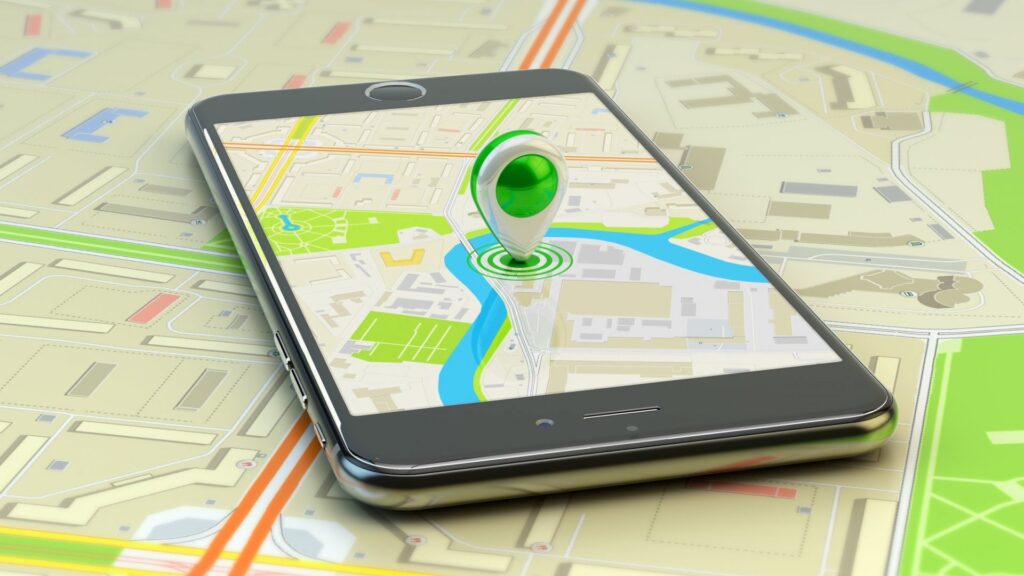
Conclusion
Google Geofencing is a powerful tool that allows businesses to deliver targeted and personalized ads to users based on their location. By leveraging this technology, businesses can increase engagement, drive conversions, and enhance the overall customer experience.
Whether you’re a retailer, a restaurant, or an event promoter, Google Geofencing offers immense potential for reaching your target audience at the right place and the right time.
Embrace this game-changing technology and take your marketing campaigns to new heights. Say goodbye to generic promotions and hello to a more personalized online experience with Google Geofencing. Start reaching your customers at the right place and the right time.


